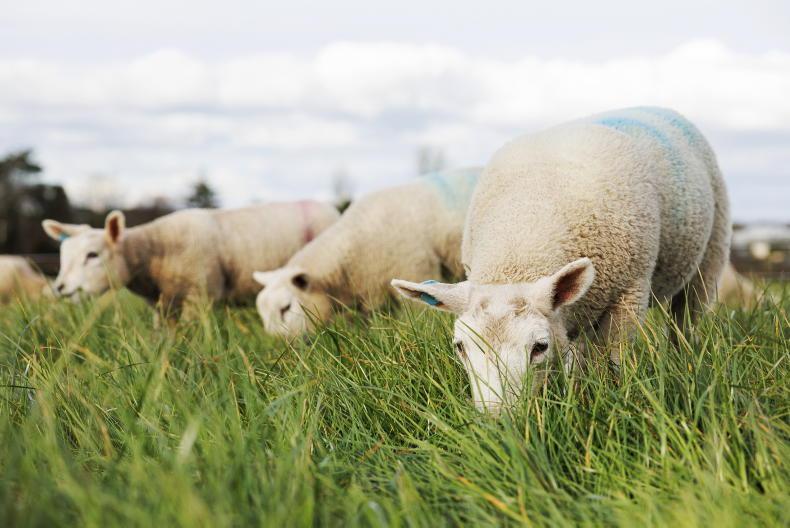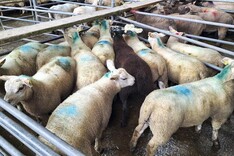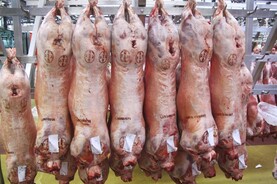The question always arises in the run up to breeding regarding trying to pre-empt the best demand for sheep when finalising breeding dates.
Such predictions have always been challenging, but are now even trickier following the experience of recent years.
On paper, market performance in spring 2025 should have been better than in 2024, with hogget throughput falling by an additional 140,000 head.
This comes on top of a 80,000 head fall in spring 2024, while lamb throughput fell across the full year by a massive figure of 231,360 head.
Hogget performance
The hogget trade in 2025 started bright, as detailed in Figure 1, with farmgate returns running significantly higher from January through to March.
Prices were supported by Easter demand but reduced significantly thereafter despite the considerably lower throughput.
Lamb prices failed to rival the trade of both lambs and hoggets in 2024 despite throughput also running significantly lower, but in recent weeks have run slightly ahead of last year’s seasonal declines and remain well ahead of previous years.
The two Islamic religious festivals of Eid al-Adha and Ramadan which have had such a positive influence in boosting demand in recent years failed to live up to anticipation, with Eid al-Adha in particular disappointing in terms of throughput and underpinning a sheep kill of less than 60,000 head.
External factors
A number of factors are put forward as contributing to the lower than anticipated market performance. Throughput in the UK was higher than expected and while kill volumes were much lower than traditional levels, poorer demand resulted in more competition in the market.
There was also increased availability of New Zealand and Australian sheepmeat in the UK market, with higher supplies of New Zealand lamb also seen in key European markets.
While volumes were not majorly increased, the much lower price point is said to have put pressure on demand for competing exports. While some industry commentators report that the high price point of beef reduced consumer ability to pay higher for two premium products.
Difficult predictions
It seems inevitable that sheep numbers will continue to decline across Europe, but it is harder to now connect this with how markets will perform.
Australian prices have also increased substantially in recent times which could limit volumes destined for the UK market, while New Zealand flock numbers remain in freefall.
This does not automatically mean that demand will outstrip supply, while no one can forecast how the price of beef and other key meat proteins, including chicken and pork, will perform over the next 12 months.
Controllable factors
It is therefore up to each flock to study their own enterprise taking account of factors that can be controlled. When is the best time to lamb in terms of grass supply and reducing costs?
Does earlier or split lambing suit generating cashflow and other on farm enterprises competing for grass later in the year? When are pinch points for labour?
Easter Sunday is two weeks earlier than 2025 falling on 5 April and may influence the availability of family/student labour. It is worth spending some time reviewing and asking yourself if the current lambing date is the most suitable for your flock.






 This is a subscriber-only article
This is a subscriber-only article










SHARING OPTIONS: